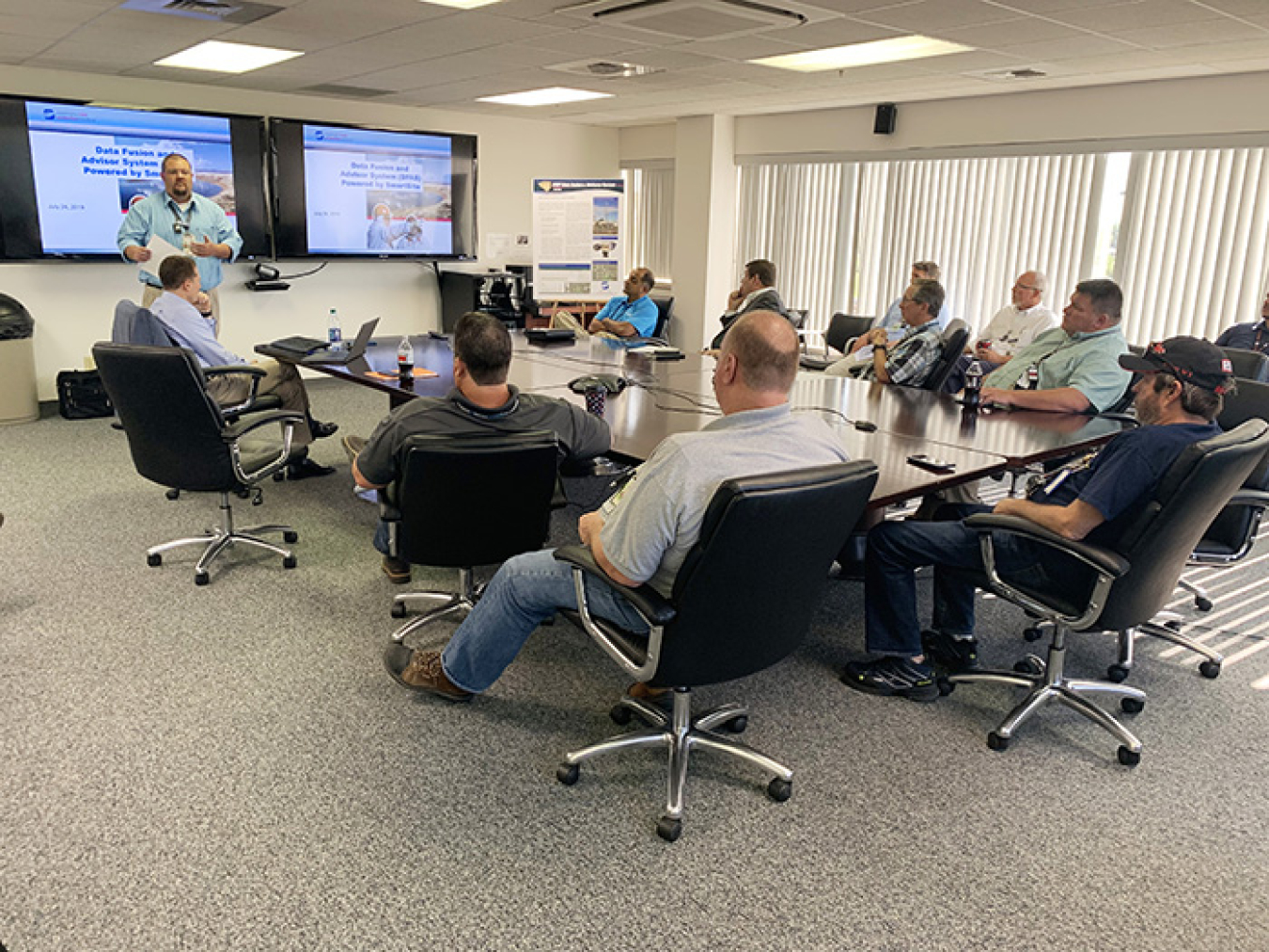– EM’s Office of River Protection is developing another layer of worker protection by providing a data compilation tool in a pilot program at Hanford.
Office of Environmental Management
August 27, 2019RICHLAND, Wash. – EM’s Office of River Protection (ORP) is developing another layer of worker protection by providing a data compilation tool in a pilot program at the Hanford Site tank farms.
Hanford contractor Washington River Protection Solutions (WRPS) is testing the system, which compiles vast amounts of data from instruments that monitor tank farm and weather conditions and presents the information in a user-friendly dashboard. Previously, this amount of data would require weeks of compilation and analysis by several experts to put into a usable format.
“This improves worker communication and allows the Hanford tank farms workforce to view tank farm conditions based on historical and near-real-time data,” said Jim Lynch, ORP program manager for tank farm projects. “This tool will assist in keeping the workforce informed.”

Mark Garrett, with WRPS production operations, said the tool will also aid tank farm operations. The system collects and interprets data from various sources to protect workers against potential chemical vapor exposure.
“Sharing this information with the workforce will help improve worker safety and maintain an efficient pace of operations,” said Garrett. “It’s really a visionary product.”
Workforce engagement has been key to the development and ultimate success of the tool. Users are encouraged during this pilot program and testing period to provide feedback before implementation later this fall.
“We’ve asked for this for many years, and it’s exciting because this is a tool we can use in the field to help us predict conditions that affect the workers,” said Don Slaugh, safety representative with Hanford Atomic Metal Trades Council, a union that represents employees on the site. “If there is something going on in the farm, we’ll know we need to get out or take extra measures to protect ourselves. It’s awesome.”

